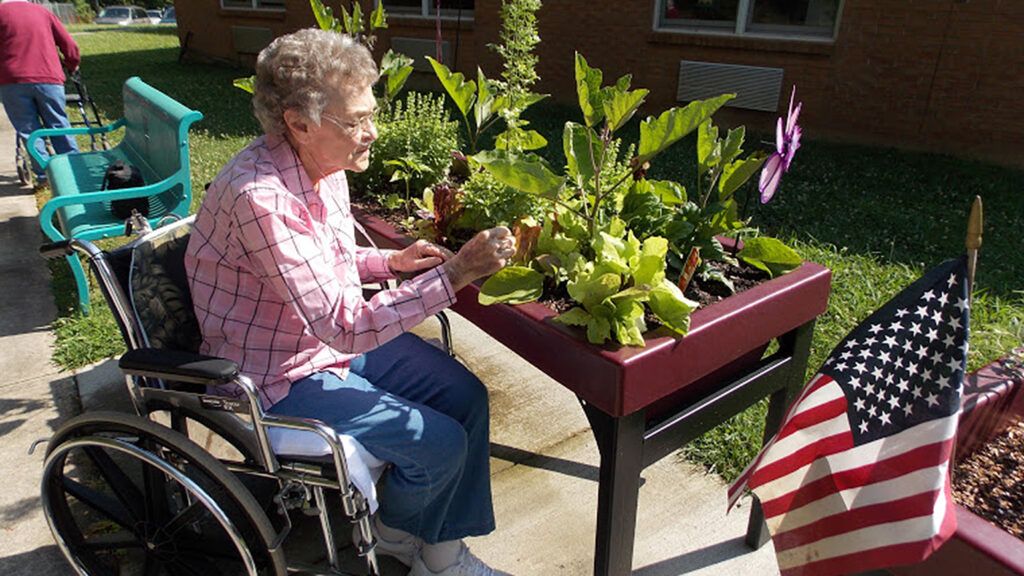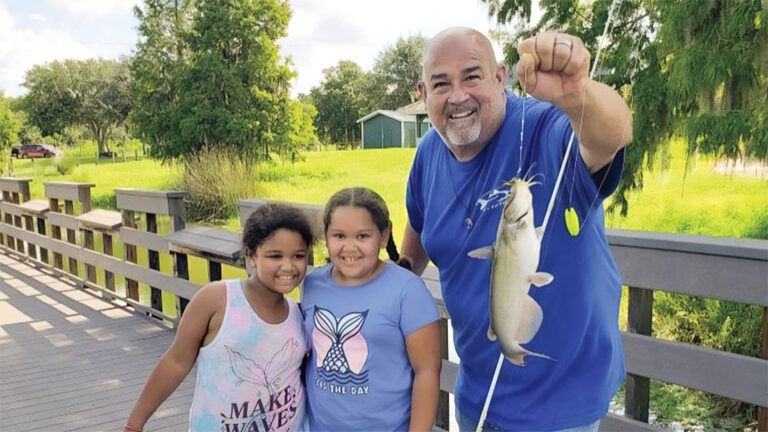Terry Garrett’s brother, Louis Garrett, was diagnosed with stage IV chronic obstructive pulmonary disease in 2003 and the debilitating illness was ruthless, restricting him of his daily physical activities, including his favorite—gardening. As a result of his physical restrictions, Louis’s productivity decreased and he began to lose his sense of purpose.
Garrett decided to do something about it. The 68-year-old veteran from Cleveland, Tennessee, designed and built a fully-frontal, waist-level wheelchair accessible garden that allowed his brother to plant, tend and garden on his own.
“It increased his outlook on life, self-worth, and productivity and reestablished his sense of purpose,” Garrett told Guideposts.org.
After seeing what the elevated garden did for his brother, who went on to live until 2012, Garrett wanted to see others benefit from it the same way. He developed and patented Elevated Gardens in 2008 to provide those with accessibility challenges the opportunity to garden.
The gardens, which stand at 30 inches tall and allow for individuals to sit or stand while gardening, are designed so that a standard wheelchair can roll through the front of the structure. This allows them to reach across and utilize the entire garden with both hands, Garrett said. His company, T&L Group, offers gardens that are both stationary and portal, allowing those with limited movement to garden indoors.
The gardens have already been used in nursing homes and assisted living facilities, one of which has not only utilized 32 of them, but has also gone on to form a garden club for its residents. Garrett said the feedback he’s received from the facilities’ administrators whose residents are using these gardens, has been nothing but positive.
“It allowed residents to bring something back that they did in their earlier life, such as gardening,” Terry said. “The families are also spending more time with the residents as they come to visit so it’s a win-win situation for both the residents and the nursing homes.”
Terry’s background as a biomedical engineer, as well as his experience working in the healthcare industry for 44 years, was helpful in developing and creating the elevated gardens because he was familiar with the standards of the industry.
Elevated Gardens has most recently taken the gardens into classrooms, where children are given the chance to take on non-traditional learning with a more hands on approach.
“Classroom gardens allow students to move around more, providing not only exercise for the body, but the mind as well, exploring the intricacies of the evolution within a garden,” states the company’s website.
Terry says his next goal for Elevated Gardens is to expand its reach by bringing the gardens to communities with little to no availability of a garden. The gardens can be beneficial to such areas, supplementing their food sources and providing residents the opportunity to grow fresh vegetables, flowers and fresh herbs.
Although Terry has found success in Elevated Gardens, he doesn’t see his business as work, but rather as something much bigger.
“It’s more than a business to me. It’s a mission,” Terry said. “It’s to provide those who once loved to garden and can no longer do so because of their physical limitations, the opportunity to garden again.”




